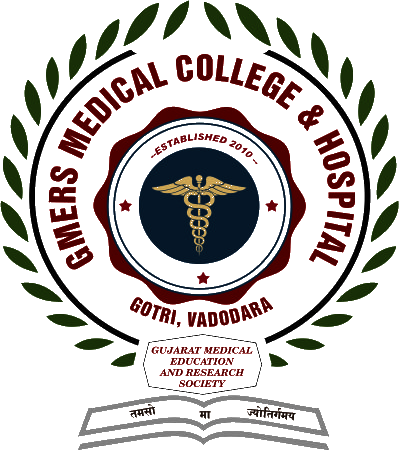Biochemistry
Overview
- GOAL
The broad goal of the teaching of undergraduate students in biochemistry is to make them understand the scientific basis of the life processes at the molecular level and to orient them towards the application of the knowledge acquired in solving clinical problems.
- GOAL
- OBJECTIVES
- KNOWLEDGE
At the end of the course, the student should be able to :- Describe the molecular and functional organization of a cell and list its subcellular components;
- Delineate structure, function and inter-relationships of biomolecules and consequences of deviation from normal;
- Summarize the fundamental aspects of enzymology and clinical application wherein regulation of enzymatic activity is altered;
- Describe digestion and assimilation of nutrients and consequences of malnutrition;
- Integrate the various aspects of metabolism and their regulatory pathways;
- Explain the biochemical basis of inherited disorders with their associated sequelae;
- Describe mechanisms involved in maintenance of body fluid and pH homeostasis;
- Outline the molecular mechanisms of gene expression and regulation, the principles of genetic engineering and their application in medicine;
- Summarize the molecular concepts of body defence and their application in medicine;
- Outline the biochemical basis of environmental health hazards, biochemical basis of cancer and carcinogenesis;
- Familiarize with the principles of various conventional and specialized laboratory investigations and instrumentation analysis and interpretation of a given data;
- The ability to suggest experiments to support theoretical concepts and clinical diagnosis.
- KNOWLEDGE
- SKILLS
At the end of the course, the student should be able to:- Make use of conventional techniques/instruments to perform biochemical analysis relevant to clinical screening and diagnosis;
- Analyze and interpret investigative data;
- Demonstrate the skills of solving scientific and clinical problems and decision making;
- SKILLS
- INTEGRATION
The knowledge acquired in biochemistry should help the students to integrate molecular events with structure and function of the human body in health and disease.
Menu
Infrastructure & Facilities
BUILDINGS :
(i)DEMONSTRATION ROOM :
a)Number:Twob)Accommodation
- Size:60 square meter
- Capacity :75 each
(II) PRACTICAL CLASS ROOM/LABORATORIES :
a)Accommodation- Size: > 200 square meter
- Capacity: 90
- Seats available : 90
- Water supply: As per requirement yes
- Sinks: As per requirement (approx. 56)
- Electric points : As per requirement (approx.114)
- Size: 14 sqm
- Capacity : Two Nos.
(III) DEPARTMENTAL LIBRARY-CUM-SEMINAR ROOM :
a)Accommodation- Size: 40 square meter
- Capacity : 15
(IV) RESEARCH LABORATORIES
Available as per MCI normsa)Size: 50 square meter
(IV) Office Accomodation
Available as per MCI normsa)Professor and HOD: > 18square meter
b)Associate Professors/Readers : 15 square meter each
c)Asst. Professors/Lecturers : 12square meter each
d)Tutors/Demonstrators : 60square meter
e)Non-teaching and clerical staff : 12square meter & 13square meter
About Department
- Laboratory :
- U.G. Laboratory – 1
- Service Lab (3rd Floor College Building & 1st Floor Hospital Building)
- Library – 1
- Research Laboratory – 1
- Demonstration Room I & II
Staff Details
[wpdatatable id=8]
Publications
Name : | Dr. Ashutosh Chauhan 1. Study of effects of Epigallocatectin-gallate (EGCG) on lipid profile and thereby cardiovascular risk Published in “International Journal – Medpulse- international journal of Biochemistry” in Year 2018. 2. Serum homocysteine as an independent risk factor in young patients of ischemic stroke Published in “International Journal – Medpulse- international journal of Biochemistry” in Year 2018. |
Name : | Dr. A. Lalithambigai Comparison of dye based proteinuria estimation methods with immunoturbidimetric micro-albuminuria estimation , in screening for diabetic nephropathy Published in “ International Journal Of Clinical Biochemistry And Research” Vol.-5, in July Sep – 2018 |
Academic Activates
GMERS, Medical College, Gotri, Vadodara 1st MBBS Student Time Table
[wpdatatable id=9]

